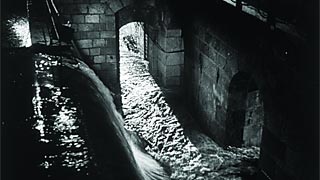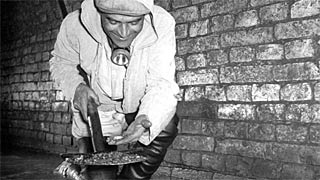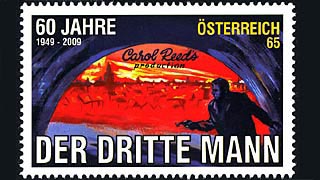Vienna’s sewer system in the 20th century
The expansion of the sewer system continued until 1914, when World War I broke out. At the time, the total length of Vienna's public sewer system was over 900 kilometres.
Refuge underground
Around this time, new residents moved in: homeless people who used the sewers as a place to sleep, live and work in. Some of these "Strotter", as they were called in Vienna, searched the sewers for valuables, while others collected grease and bones to sell them to soap or glue boilers to eke out a living for themselves and their families.
From the collapse of the Habsburg empire in 1918 until 1938, the expansion of Vienna's sewer system was primarily influenced by the economic situation. The focus was on connecting the new blocks of municipal flats to the sewer system and renovating old brick sewers.
Bomb damage
The start of World War II in 1939 once again limited sewer construction activity, and by the end of the war in 1945, sewer works had virtually come to a standstill. The air raids, which began in 1944, damaged the city's sewer system in 1,700 places. Repairs lasted until 1950. In light of this severe damage to the sewer system, Vienna was very lucky to escape an epidemic.
"The Third Man"

The overflow chamber was one of the locations of the classic film "The Third Man" in post-war Vienna.
It was in this bombed-out Vienna, marked by hunger, cold and a flourishing black market, that screenwriter Graham Greene set his suspenseful story about illegal penicillin trade. Directed by Carol Reed and with Orson Welles as the main protagonist Harry Lime, the film became world famous.
It is a highly accurate depiction of post-war Vienna as a microcosm of world politics during the Cold War.
Two features of the film still fascinate audiences to this day: the evergreen favourite "Third Man Theme" by Austrian zither player Anton Karas, and the chase through Vienna's sewer system.
The original film locations in the sewers can be visited on guided tours.
Further information
City of Vienna | Vienna Waste Water Management
Contact form


